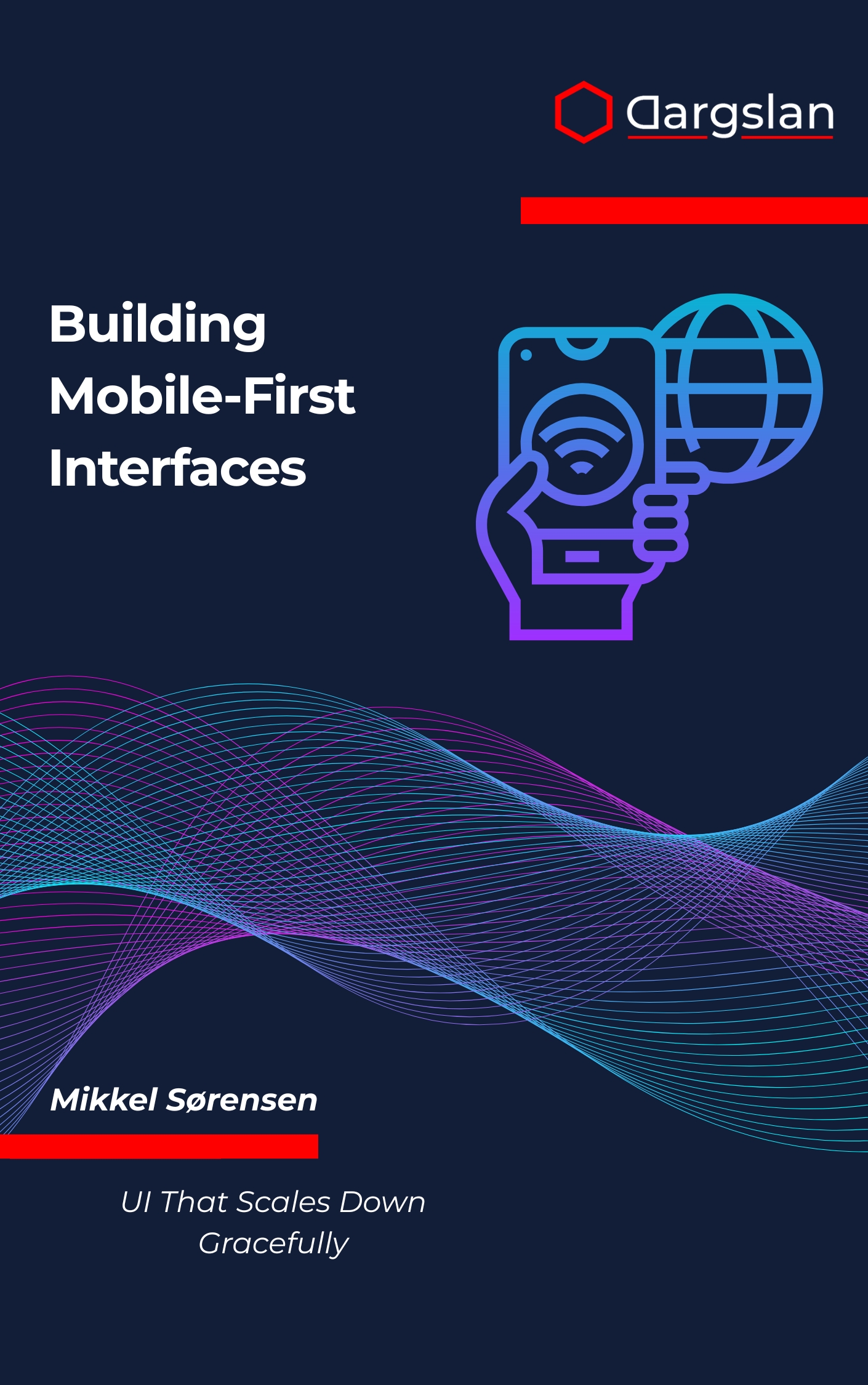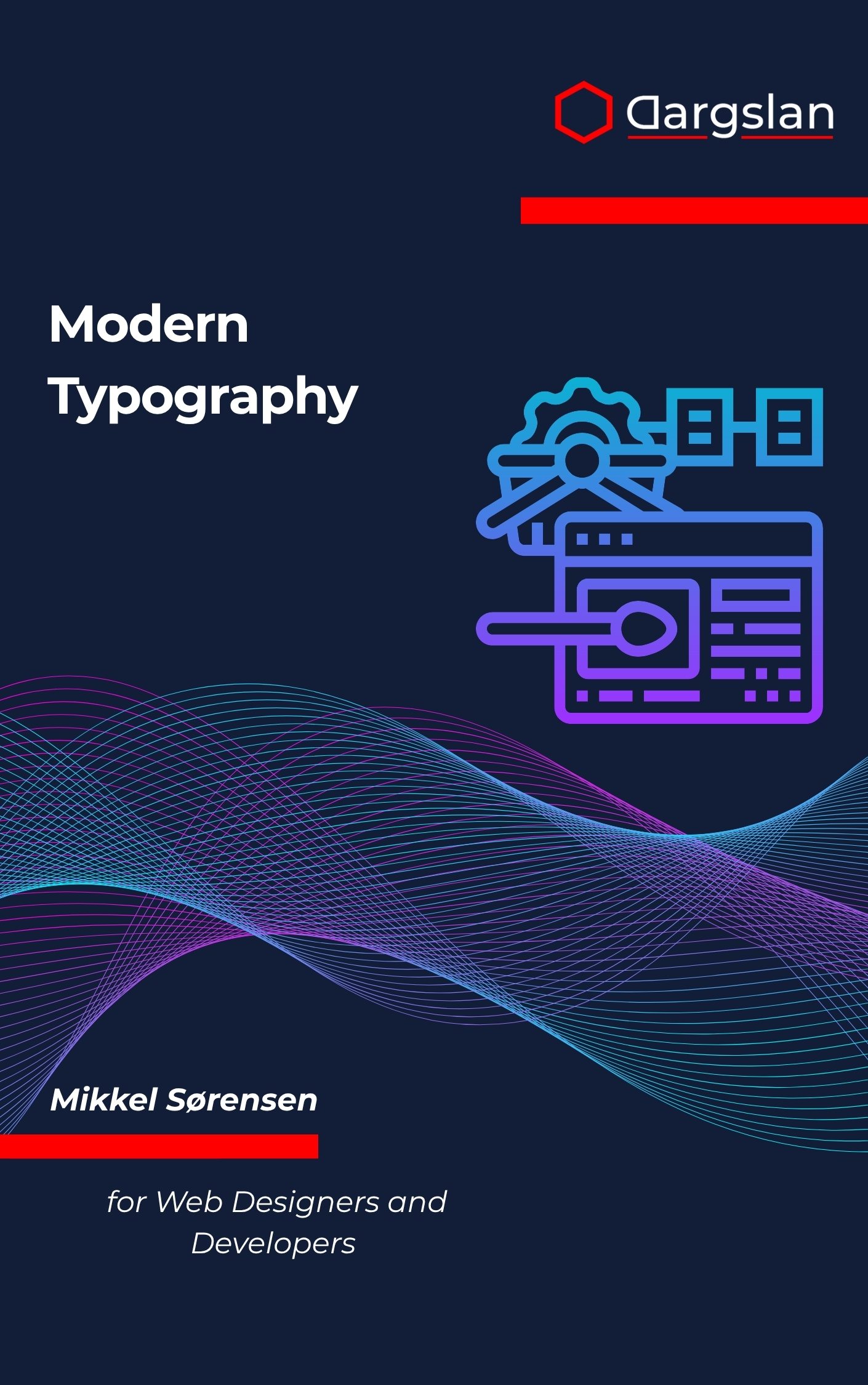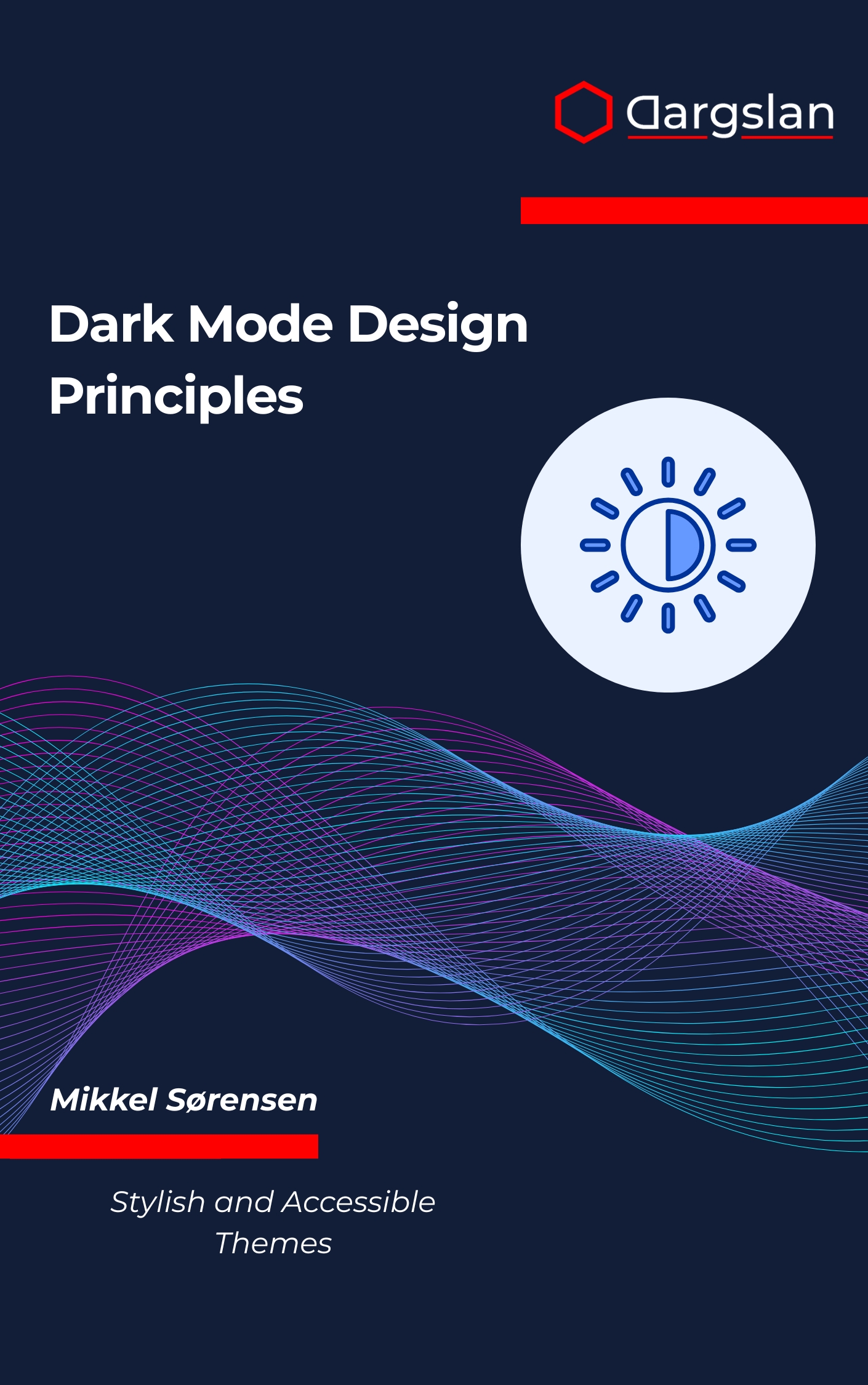SQL Injection Prevention Guide
OWASP Top 10 Explained: Master Web Application Security,Understand OWASP Top 10 threats and secure your web apps with industry best practices.

SQL injection remains one of the fastest, quietest routes to data loss and downtime—and it is often preventable with the right habits. This practical guide shows you exactly how to shut the door on injection flaws across frameworks, databases, and architectures without slowing development or compromising performance.
Protecting Web and Desktop Applications from One of the Most Common Security Threats
Overview
The SQL Injection Prevention Guide is a hands-on, vendor-neutral resource focused on Protecting Web and Desktop Applications from One of the Most Common Security Threats. It clarifies SQL attack mechanics and translates them into clear defensive patterns you can implement today in SQL-driven systems, from legacy monoliths to modern APIs and microservices. Packed with field-tested practices, it is the rare IT book that acts as both a programming guide and a technical book you will keep within reach.
You will find comprehensive coverage of SQL injection fundamentals, defensive coding strategies, input validation techniques, parameterized queries, stored procedure security, Web Application Firewall configuration, blind SQL injection mitigation, error handling security, database hardening, API security, microservices protection, security testing methodologies, vulnerability assessment, incident analysis, and OWASP security guidelines. Each concept is reinforced with real-world examples, checklists, and step-by-step remediation plans that reduce risk while preserving application functionality.
From secure query construction to least-privilege database design and automated testing, the guide helps teams close gaps along the full SDLC. Whether you are fixing inherited code or building greenfield services, you will learn how to prevent injection at its source and verify that your defenses hold up under pressure.
Who This Book Is For
- Software developers and architects who want to build resilient data access layers and adopt parameterized queries everywhere, replacing fragile string concatenation with safe, maintainable patterns.
- Security engineers, QA professionals, and SREs seeking a repeatable security testing methodology that detects injection paths early, integrates with CI/CD, and turns findings into actionable fixes.
- DBAs, tech leads, and product owners ready to champion secure-by-default practices, harden database configurations, and align teams with OWASP security guidelines without slowing delivery.
Key Lessons and Takeaways
- Design queries that cannot be coerced into malicious execution using prepared statements, stored procedure security best practices, and rigorous input validation techniques for all trust boundaries, including APIs and message queues.
- Implement multilayer defense with Web Application Firewall configuration, strict error handling security, and database hardening to minimize exposure, reduce telemetry leakage, and limit blast radius if a flaw slips through.
- Adopt security testing methodologies that combine static analysis, dynamic testing, and targeted vulnerability assessment, including blind SQL injection mitigation tactics and incident analysis workflows you can rehearse and automate.
Why You’ll Love This Book
This guide stands out for its clarity and practicality. Concepts are introduced in plain language, then translated into concrete steps you can apply in your stack, complete with code snippets, configuration examples, and decision checkpoints.
It does not stop at theory: real incident case studies show how attacks unfold, where controls failed, and which remediations worked. Appendices include the OWASP SQL Injection Cheat Sheet, secure coding checklists, and lab resources for hands-on practice.
How to Get the Most Out of It
- Start with the threat model and fundamentals to understand how injection occurs, then progress through the defensive coding chapters before diving into API security and microservices protection patterns.
- Apply changes incrementally: convert risky queries to parameterized queries, tighten ORM configurations, enforce least-privilege roles, and add centralized input validation. Validate each change with unit tests and integration tests in CI.
- Reinforce learning with mini-exercises: build a small CRUD service with deliberate flaws, fix them using the book’s checklists, configure a WAF rule set, and run a vulnerability assessment to confirm blind SQL paths are closed.
Get Your Copy
If you are ready to turn SQL injection from a lingering risk into a solved problem in your applications, this is the resource you will return to again and again.




